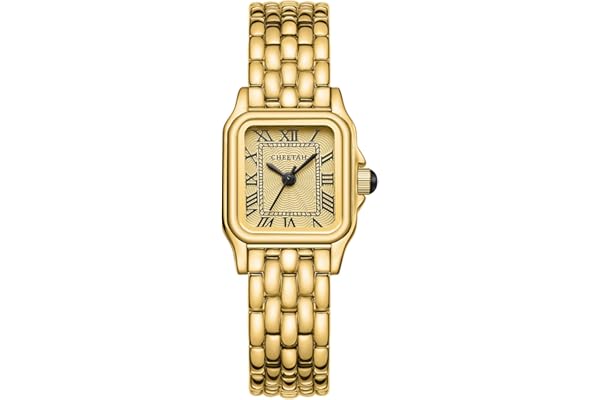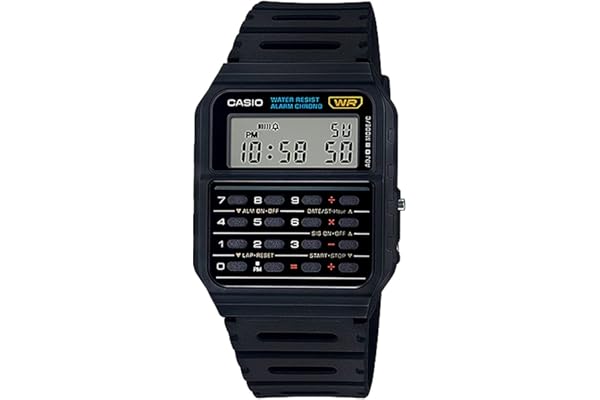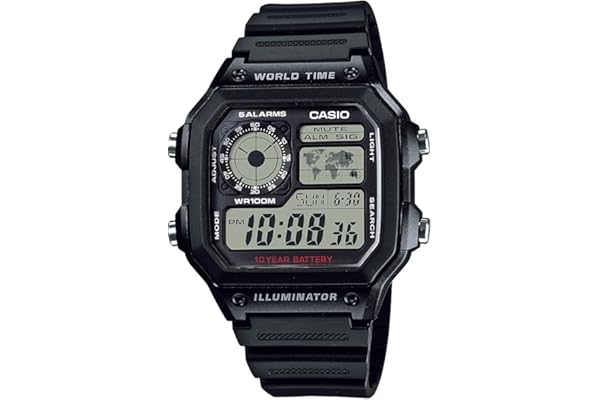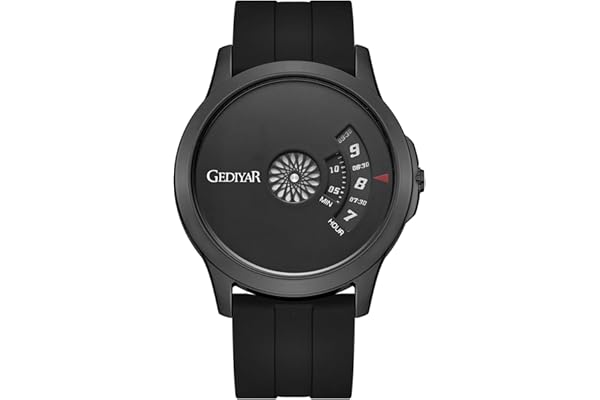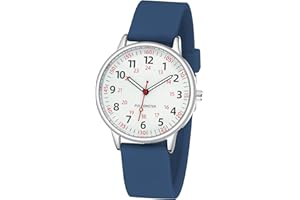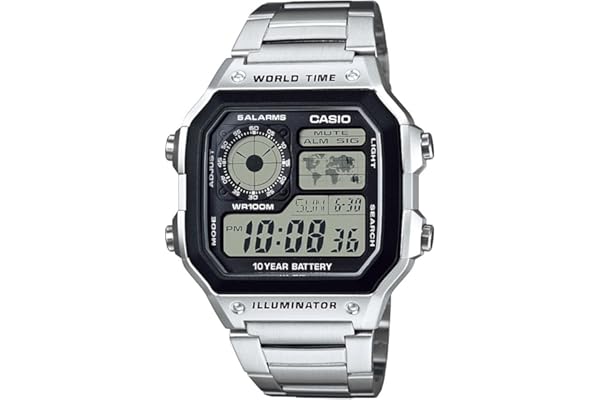History of Wristwatches: From Pocket Watches to Smartwatches
Contents
The Genesis of Timekeeping: From Sun Dials to Pocket Watches
The journey of timekeeping is as ancient as civilization itself. Early humans relied on natural phenomena like the sun’s movement across the sky to estimate time. Sundials, which were among the first timekeeping devices, date back to ancient Egypt and Babylon. These instruments, while innovative, were limited by their dependency on sunlight and geographical location, leading to the development of more sophisticated methods.
As societies advanced, the need for more precise timekeeping became evident. This led to the creation of water clocks, sand glasses, and eventually, mechanical clocks in medieval Europe. The invention of the mechanical clock was a turning point in horology, allowing for more accurate time measurement. These early mechanical devices were large and often installed in public places like churches and town squares, serving both practical and symbolic roles in their communities.
The transition from large stationary clocks to portable timepieces came with the invention of the pocket watch in the 16th century. Peter Henlein, a German locksmith, is often credited with creating one of the first pocket watches. These devices were small enough to be carried in a pocket and were initially luxury items for the wealthy. The portability of pocket watches revolutionized personal timekeeping, making it possible for individuals to keep track of time on the go, a significant leap forward in the history of timekeeping.
The Evolution of Wristwatches: From Military Necessity to Fashion Statement
The wristwatch, as we know it today, began its journey during the late 19th century. Initially designed for women as a fashion accessory, wristwatches were seen as less precise and less masculine than pocket watches. However, this perception began to change during the Boer War and World War I. Soldiers found pocket watches impractical on the battlefield and started strapping them to their wrists for convenience. This adaptation was a pivotal moment, demonstrating the practicality of wristwatches in demanding situations.
Following World War I, wristwatches gained popularity among men, becoming a symbol of modernity and practicality. The interwar period saw significant advancements in watch technology, including the development of more accurate movements and the introduction of the first waterproof and shock-resistant models. These innovations made wristwatches more reliable and durable, further solidifying their place as essential accessories for both men and women.
By the mid-20th century, wristwatches had transcended their functional origins to become fashion statements. Renowned brands like Rolex, Omega, and Cartier began crafting watches that were not only precise but also aesthetically pleasing. This era marked the beginning of the wristwatch as a symbol of status and personal style, a trend that continues to influence the watch industry today.
The Quartz Revolution: A New Era of Precision and Affordability
The 1970s brought about a seismic shift in the watchmaking industry with the advent of quartz technology. Unlike traditional mechanical watches, which rely on a series of gears and springs, quartz watches use an electronic oscillator regulated by a quartz crystal to keep time. This innovation resulted in watches that were not only more accurate but also less expensive to produce, sparking what is known as the Quartz Revolution or Quartz Crisis.
Japanese companies, particularly Seiko, led the charge in popularizing quartz watches. The release of the Seiko Astron in 1969, the world’s first quartz wristwatch, marked the beginning of a new era. Quartz watches quickly gained a significant market share, thanks to their precision, affordability, and low maintenance needs. This revolution forced many traditional Swiss watchmakers to adapt or face obsolescence.
While the quartz revolution posed challenges to traditional watchmaking, it also democratized timekeeping. Watches became accessible to a broader audience, shifting from luxury items to everyday essentials. This period of innovation laid the groundwork for further technological advancements in the watch industry, ultimately paving the way for the development of digital and smartwatches.
The Digital Age: The Rise of Smartwatches
The dawn of the digital age in the late 20th century brought another transformation in the watch industry. The introduction of digital watches, which displayed time in numerical form rather than through traditional hands, offered a modern alternative to analog watches. These digital timepieces, often equipped with additional functions such as alarms, calculators, and backlighting, appealed to tech-savvy consumers and those seeking convenience.
As technology advanced, so did the capabilities of wristwatches. The early 21st century saw the emergence of smartwatches, which integrated computing capabilities with traditional watch functions. Brands like Apple, Samsung, and Garmin have been at the forefront of this trend, developing watches that offer a range of features including fitness tracking, GPS navigation, and wireless connectivity.
Smartwatches represent the convergence of technology and fashion, catering to a generation that values both functionality and style. These devices have transformed how we interact with time, offering personalized experiences and seamless integration with smartphones and other digital devices. As technology continues to evolve, smartwatches are likely to become even more sophisticated, offering new possibilities for personal timekeeping and lifestyle management.
The Future of Wristwatches: Innovation and Tradition in Harmony
As we look to the future, the wristwatch industry stands at a crossroads, balancing innovation with tradition. While smartwatches continue to gain popularity, there remains a strong market for traditional mechanical watches, driven by enthusiasts who appreciate the craftsmanship and heritage of classic timepieces. This duality reflects the diverse needs and preferences of modern consumers, who seek both cutting-edge technology and timeless elegance.
Innovation in materials and design is also shaping the future of wristwatches. Advances in materials science have led to the development of watches that are more durable, lightweight, and environmentally friendly. Meanwhile, designers are exploring new aesthetics, blending traditional and contemporary elements to create watches that appeal to a broad audience.
The integration of augmented reality and artificial intelligence into wristwatches is another exciting frontier. These technologies have the potential to transform watches into even more versatile devices, offering enhanced functionality and personalized experiences. As the boundaries between technology and fashion continue to blur, the wristwatch industry is poised to remain a dynamic and evolving field, embracing both its rich history and its promising future.

